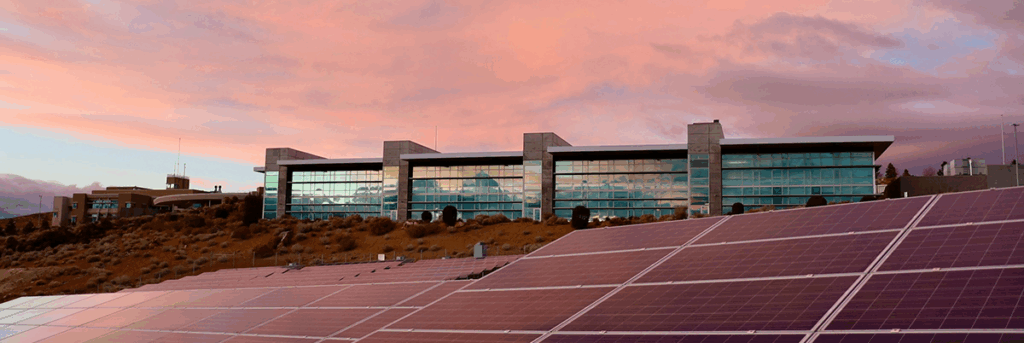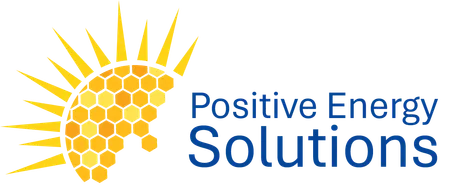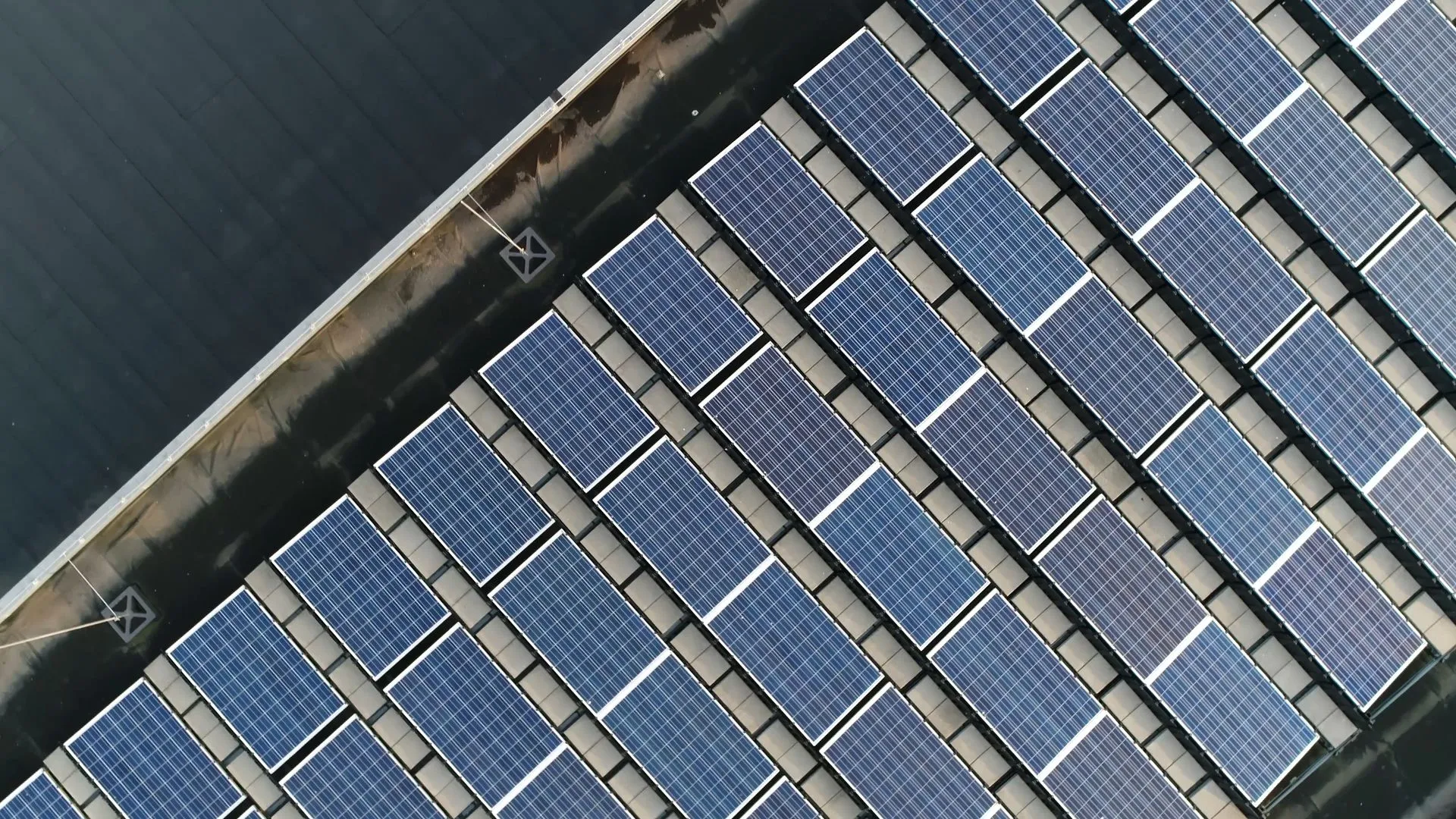Introduction to Solar Energy
The global energy landscape is rapidly changing, and solar power is at the forefront of this transformation. As fossil fuels become less viable due to environmental and economic concerns, solar energy stands out as a clean, renewable, and abundant alternative.
How Do Solar Panels Work?
Solar panels consist of photovoltaic (PV) cells that capture sunlight and convert it into direct current (DC) electricity. This is then transformed into alternating current (AC) by an inverter, making it usable for homes and businesses.
- Photovoltaic cells: The heart of solar panels.
- Inverters: Convert DC to AC electricity.
- Net metering: Allows excess energy to be sold back to the grid.

Significant Reduction in Electricity Bills
Once your system is up and running, you’ll generate your own electricity, leading to lower monthly utility costs. In many cases, homeowners report saving thousands of dollars over the system’s lifespan.
- Example: A typical household can save 40–70% on energy bills.
- Long-term gain: Most systems pay for themselves in 6–10 years, with 25+ years of usable life.
Environmentally Friendly
Solar power is one of the cleanest energy sources available. Unlike fossil fuels, it doesn’t produce carbon dioxide or harmful pollutants.
- Zero emissions: No greenhouse gases during energy production.
- Water conservation: Solar panels require no water to operate, unlike coal or nuclear plants.
Increased Property Value
Homes with solar systems tend to sell faster and at higher prices. Buyers are increasingly attracted to energy-efficient properties with lower operating costs.
- Studies show: Solar-equipped homes sell for up to 4% more than comparable homes without solar.


